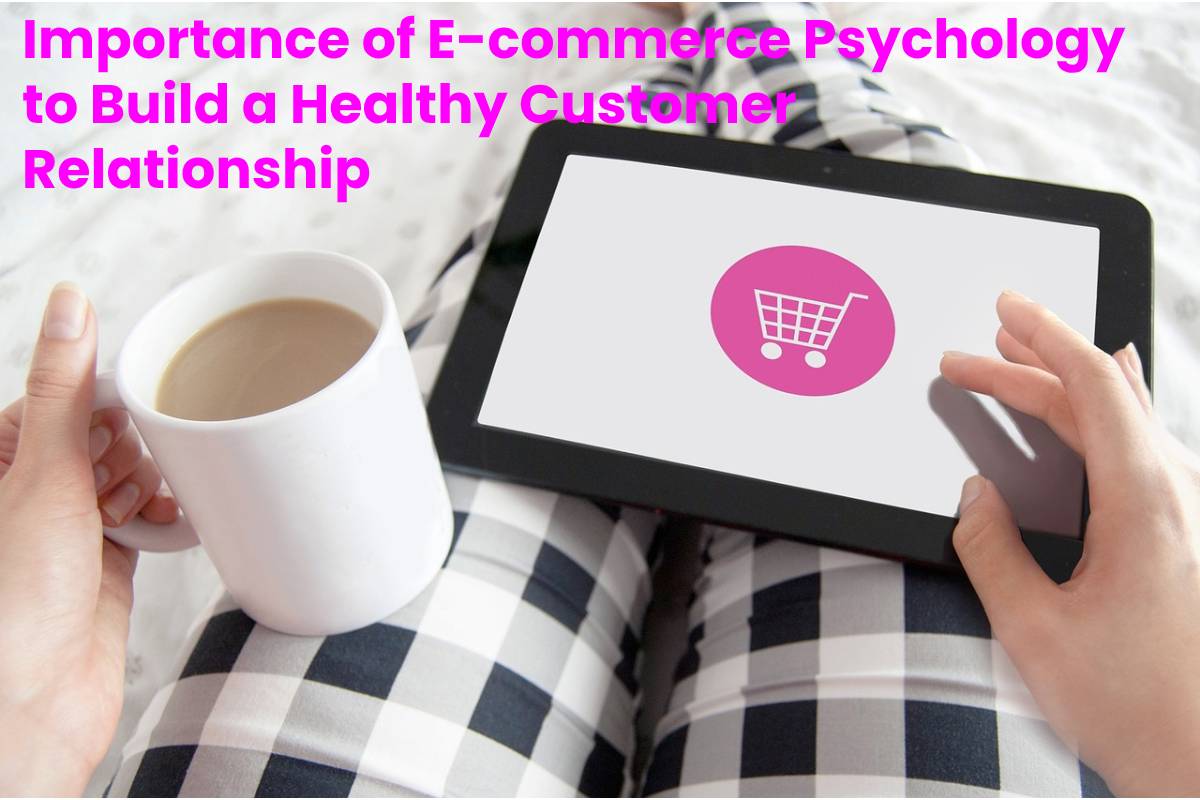Table of Contents
Introduction
If you don’t already know, in sales, success hides behind the psychology of e-commerce. Even neuroscience has a fundamental role when we talk about marketing and electronic commerce.
Today I want to invite you to know what the psychology of e-commerce is and how we can start using it to our advantage. Decades of accumulated knowledge, without a doubt that can help us with our digital business.
The behavior change: What prompt customers to buy?
The virtual gifts psychology has given us marketers is understanding what motivates customers. What makes customers buy, buy now and buy from you?
The behavior change model of psychologist Dr. BJ Fogg sheds some light on these questions. According to Dr. Fogg, human behavior depends on three essential elements:
Motivation
Capacity
Triggers
Motivation falls into one of three categories: feeling, anticipation, or social belonging. What does this mean? Consumers buy things by the promise of pleasure, avoiding pain, a sense of hope or fear, or the guarantee of social acceptance. These are the motivators we turn to when marketing our products/services.
Motivation is excellent, but if a consumer can’t buy your product, they can’t become a customer. Capacity depends on financial ability, knowledge, or the time required to purchase or use your product.
Looking at it another way, I may be motivated — to gain social acceptance — to buy a BMW, but my bank account limits my ability. That’s why at present, I don’t even have a car! Perhaps this is why the marketing of brands like BMW happens online. Considering your target customers’ different skill levels is the difference between making a sale and seeing your advertising effort fall on deaf ears.
Since motivation is usually a continuous state – especially when it comes to e-commerce – the third element is a trigger (trigger), which prompts the consumer to take action, right now, and buy. We think of “advertising” (calls to action, Facebook ads, website pop-ups) designed to get consumers to buy.
When the three elements of motivation, skill, and triggers align (Eureka!) You managed to attract a new customer.
Some trends in customer behavior: eCommerce psychology in action
Without wanting to delve into psychological theory’s academic side, we can learn a great deal from observations and statistical findings?
Consumer psychology habits you need to understand to build a successful e-commerce store
57% of consumers will leave a site that doesn’t load in three seconds. And 80% of those people will never return.
92.6% of people say visuals and images are the # 1 factor influencing their purchasing decisions.
85% of consumers read online reviews of local businesses before making a purchase decision. 79% of those people trust online reviews as much as a recommendation by a friend.
41% of e-commerce cart abandonment is due to unexpected charges during checkout, 10% by lengthy checkout processes,29% by having to register before purchasing, 11% by unclear delivery information
80% of consumers think it is secure to purchase when trusted card logos display on the checkout page.
Now that we are probably beginning to better understand consumer behavior, I share these practical insights from eCommerce psychology.



